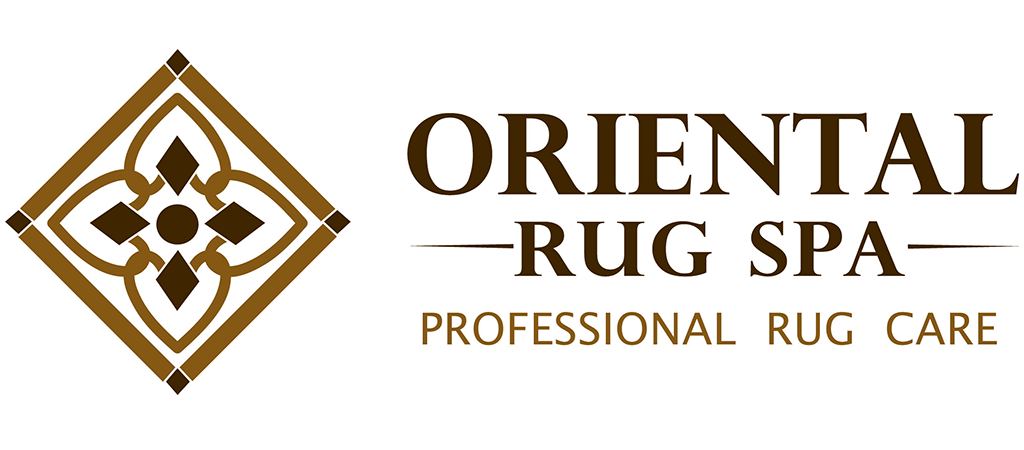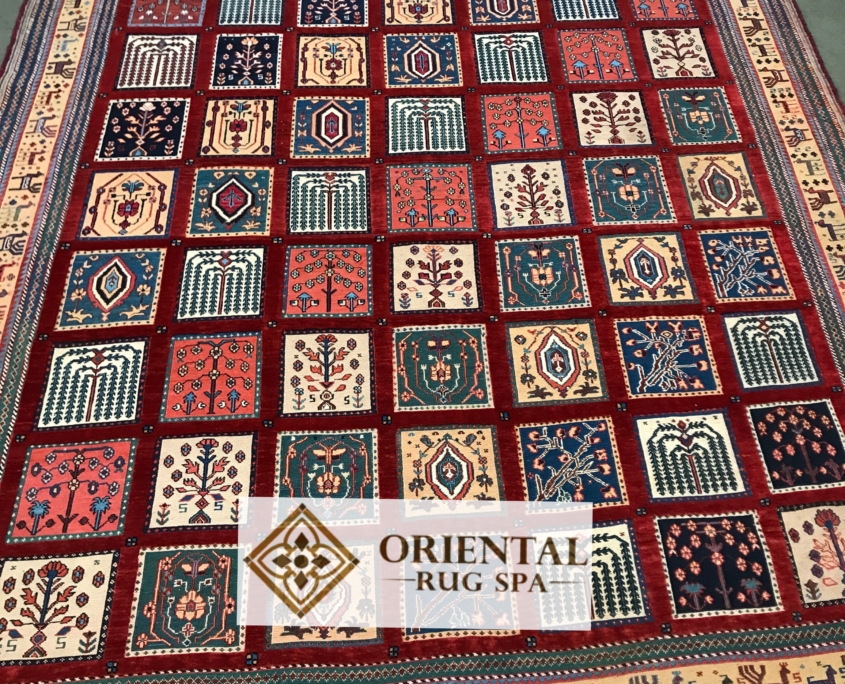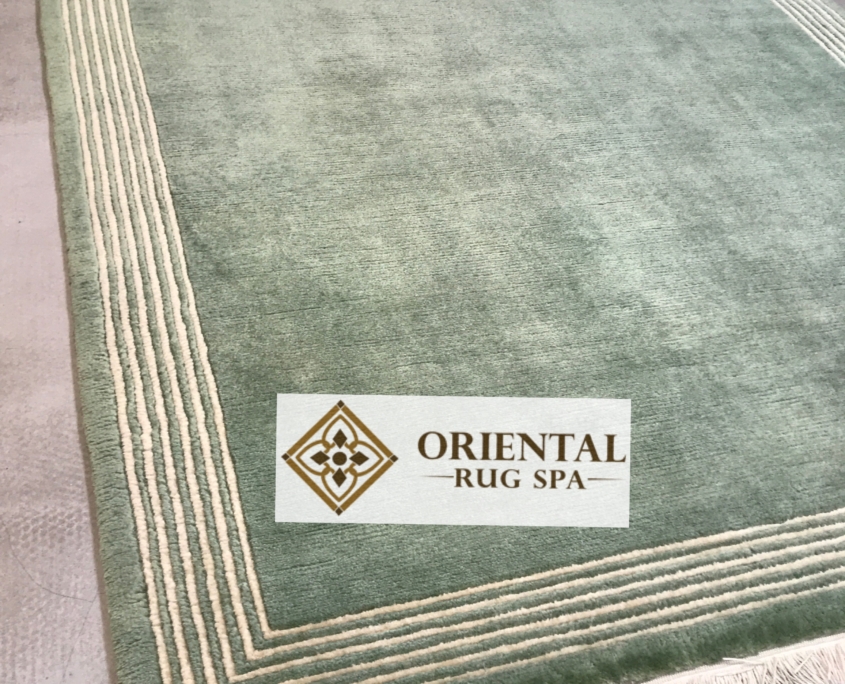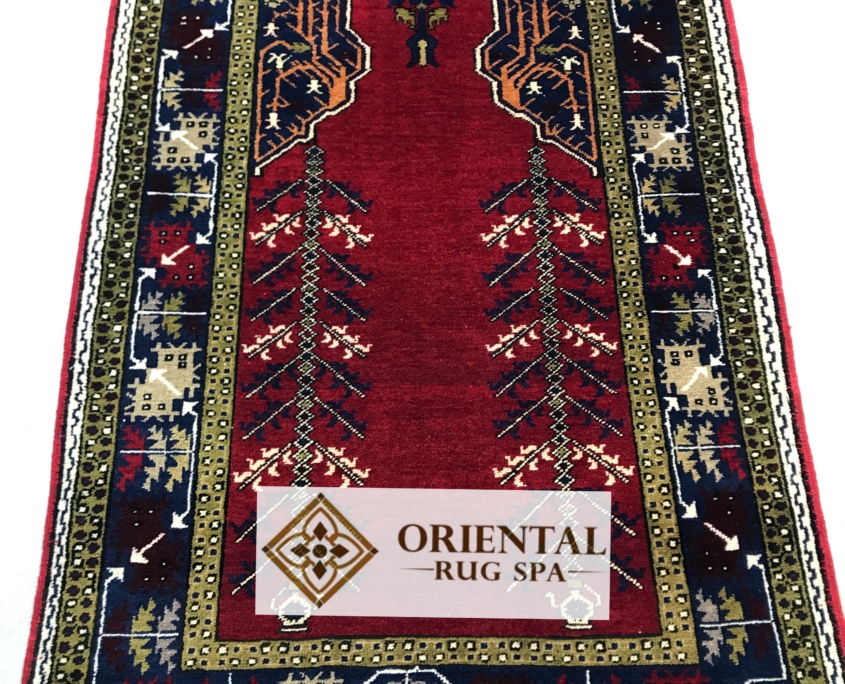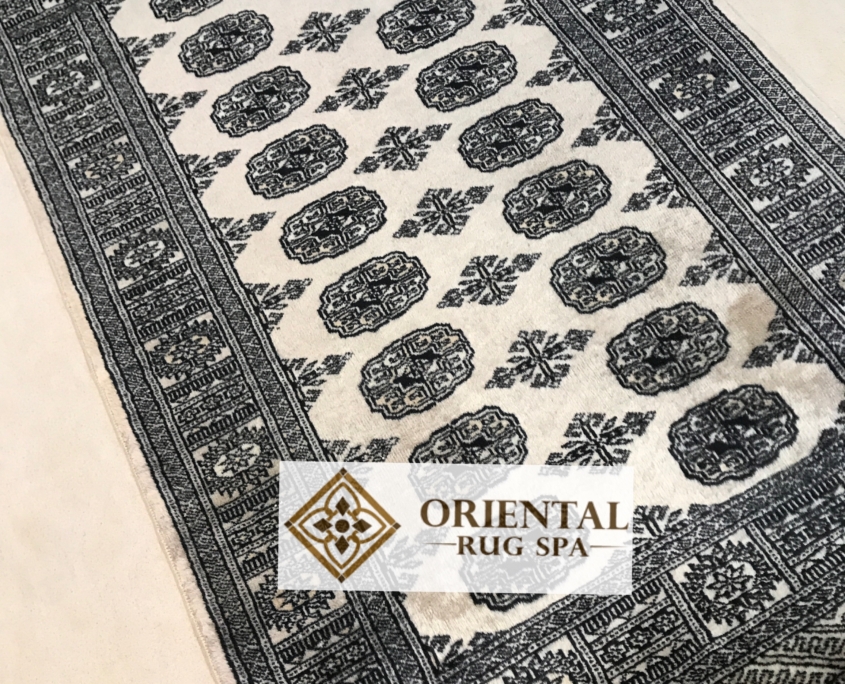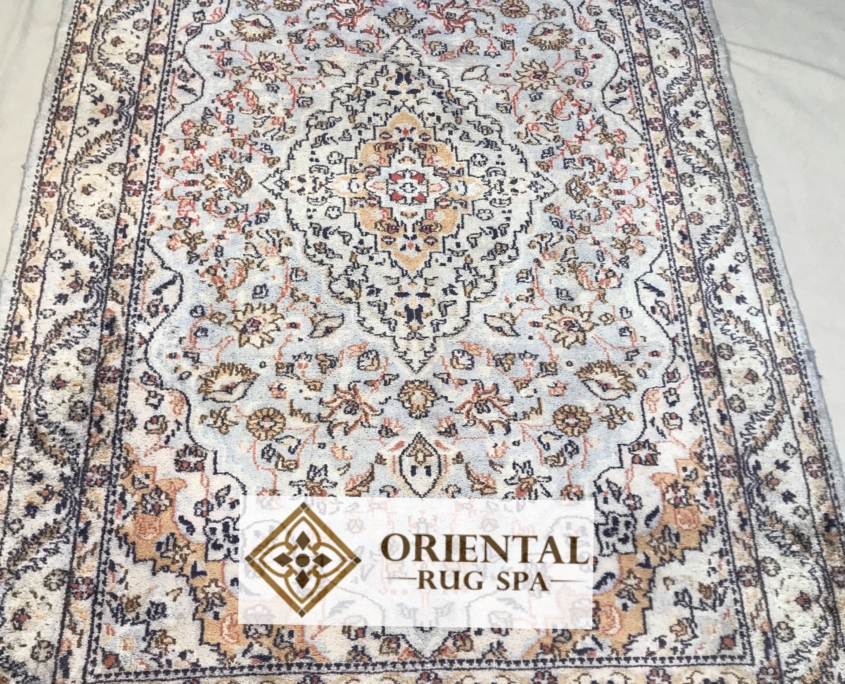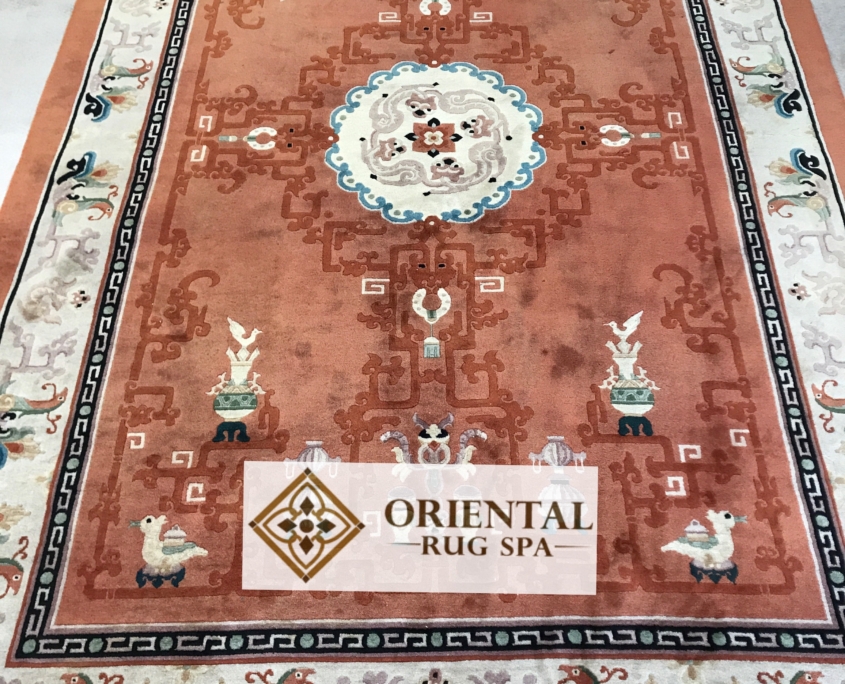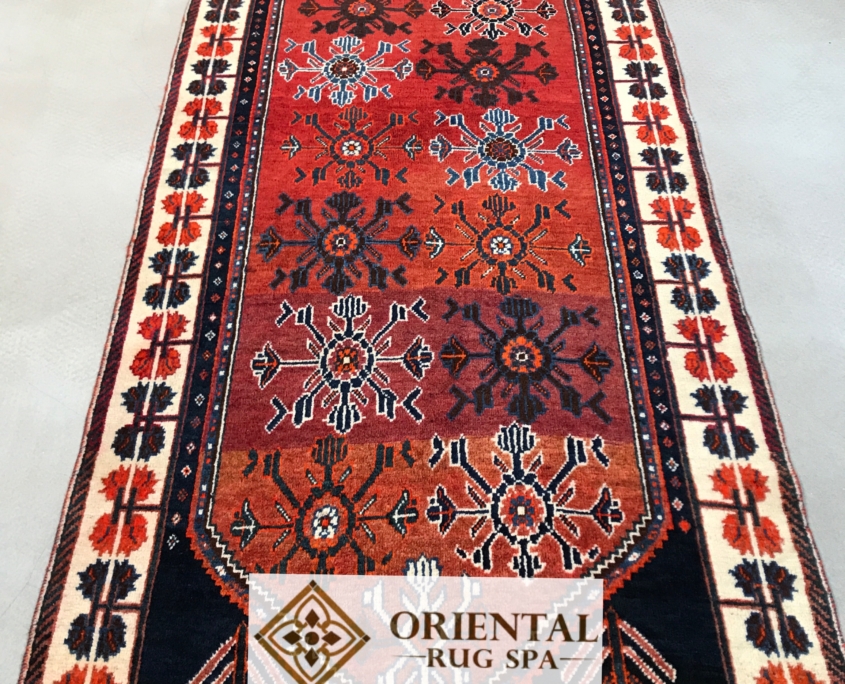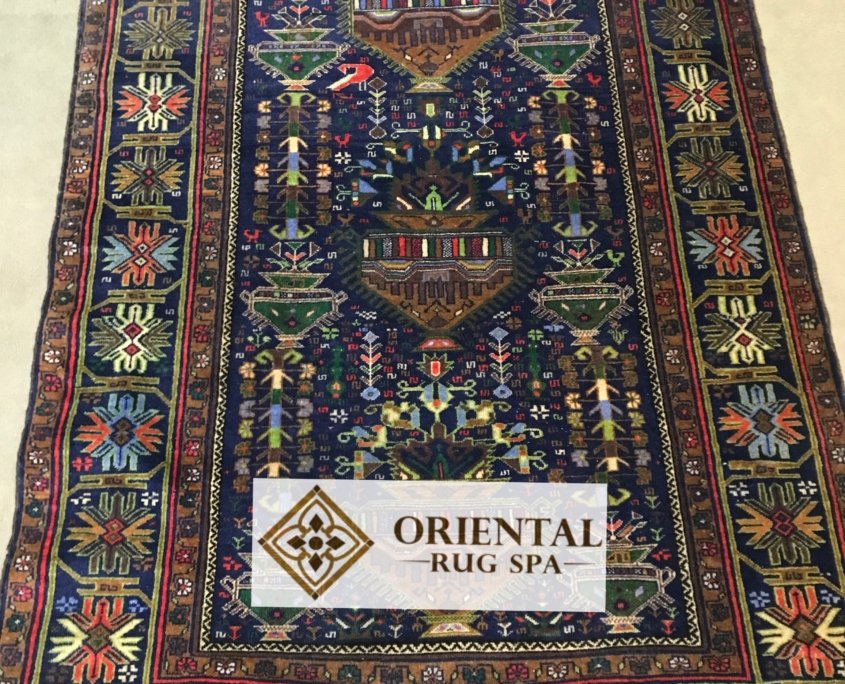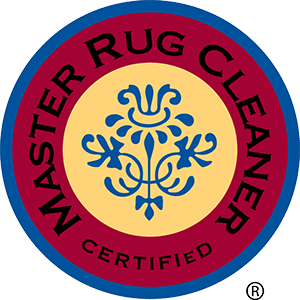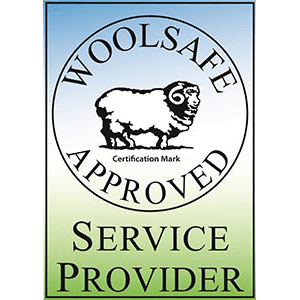Rug Cleaning Inkberrow
Oriental Rug Spa offer a specialist Persian, Oriental and Turkish rug cleaning for Inkberrow, Worcestershire. We also offer a rug repair service. If you own a dirty or soiled rug that needs professional cleaning, then why not give us a call on 01276 423 150. We can arrange collection and delivery for you. The rug wash process required can differ from rug to rug, so we offer various methods of rug cleaning, from full immersion washing to dry cleaning. All rug fibres can be cared for – wool, cotton, silk, viscose, rayon. We can carry out a pet stain and odour treatment, moth treatment and apply a fibre protection to resist against soiling and staining. We have extensive experience with cleaning antique rugs and rugs with unstable dyes and offer a rug repair service, including fringes, sides and pile reweaving.
Ottoman Court Carpet
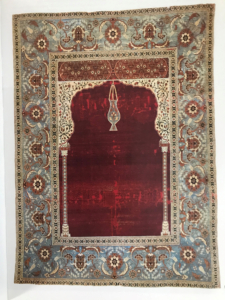
Ottoman Court Carpet
Ottoman court carpets are exquisite textiles that reflect the grandeur and cultural significance of the Ottoman Empire, which spanned from the late 13th century until the early 20th century. These carpets were typically crafted for use in the palaces and courts of the sultans and were characterized by their intricate designs, rich colours, and high-quality materials.
Ottoman carpets were usually made from fine wool, silk, or a combination of both. The use of silk was particularly favoured for high-status carpets, giving them a luxurious sheen.
The designs of these carpets often incorporated a mix of traditional motifs, such as floral patterns, geometric shapes, and intricate arabesques. Some carpets displayed stylized representations of nature, including trees, flowers, and animals.
Ottoman court carpets featured vibrant colours, often achieved through natural dyes. Common colours included deep reds, rich blues, golds, and greens.
Weaving techniques such as knotting (Ghiordes knot) were commonly used to create high-quality and durable carpets. The craftsmanship involved meticulous attention to detail and the skilled hands of artisans.
These carpets played a significant role in the decoration of sultans’ courts, reflecting not only opulence but also the artistic and cultural developments of the time. They were often used in important ceremonial spaces and gatherings.
The production of carpets flourished during the height of the Ottoman Empire, particularly under certain sultans who patronized artisans and craftspeople. Over time, the styles and techniques evolved, influenced by various cultural interactions through trade and conquest.
Many Ottoman carpets are now housed in museums and collections around the world, where they are preserved for their historical and artistic value. Some notable places include the Topkapi Palace Museum in Istanbul and the Victoria and Albert Museum in London.
